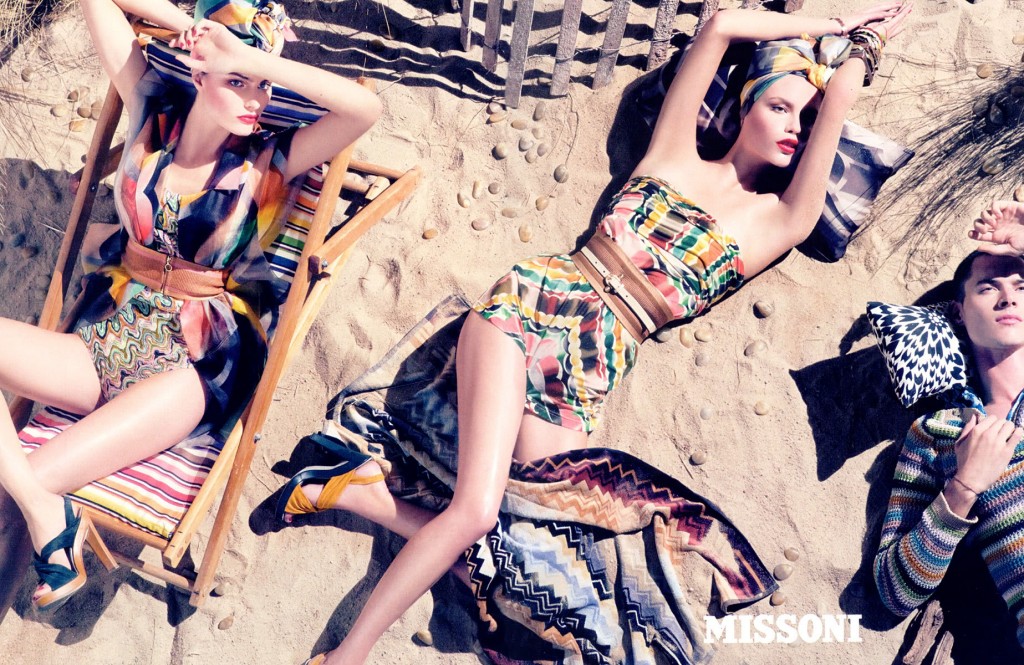
Leah Zarra posing in front of a sign for the famous Abbey Road.
“I just loved being so independent and being totally immersed in another city,” says Leah Zarra, 22, a Texas native and Drew University graduate.
Zarra participated in a semester-long study abroad program to London through her New Jersey college back in the fall of 2012. “I couldn’t wait to experience another culture,” she says, “even though London isn’t the first to jump to mind when you think ‘foreign’.”
According to Zarra, the full semester trip to London cost the same amount as a regular, on-campus semester. The trip included: tuition, housing in a flat with other people from her college, and a 2-zone Oyster card—similar to a Metrocard, allowing Zarra unlimited access to the Tube (subway) within specified zones.
When it came to financial resources to help fund her trip, Zarra had it covered.
“I had an annual Dean’s award scholarship all through college, so this carried over to my semester abroad,” she explains.
Zarra was able to take classes such as London Literature, British Political Drama, Modern British History and a required colloquium course. She earned 16 credits studying abroad—more credits than she would have earned in one semester staying on campus in the States.

Zarra and her friends riding the Tube. (Zarra is second from the right.)
When it came to saving money while abroad, Zarra made sure to budget wisely.
“As college students, we all try to be frugal, so we kept our eyes out for free food and events,” she says referring to her study abroad group. “If you’re looking, they’re easy to find. One professor told us about a group of Hare Krishna monks that served free curry every day. Food is a big one to save on.”
When asked if she would recommend her study abroad program to someone else, Zarra responded with a resounding “yes!”
“I learned so much, and not just in the classroom,” she says. “We didn’t just read famous British authors; our professors took us on walking tours around the city to see where Great Expectations took place, [or] where Virginia Woolf walked every day. As cliché as it sounds, I truly found a piece of myself there.”
Sometimes students take out some loans to study abroad and Zarra believes it’s absolutely worth it.
“Go into it with a positive attitude, and appreciate everything you see,” she says. “Make an effort to appreciate the privileges you didn’t realize you had. You will never have another chance like this.”

The famous Big Ben and Westminster Abbey. One of the many photos Zarra took while on her trip.
________________________________________________________
–Sam Levitz is a graduate of Brooklyn College and went on the CUNY Study Abroad trip to China the summer of 2013. Follow her on Instagram:slevitz
Follow the Campus Clipper on Twitter and Like us on Facebook!
Interested in more deals for students? Sign up for our bi-weekly newsletter to get the latest in student discounts and promotions and follow our Tumblr and Pinterest. For savings on-the-go, download our printable coupon e-book!












